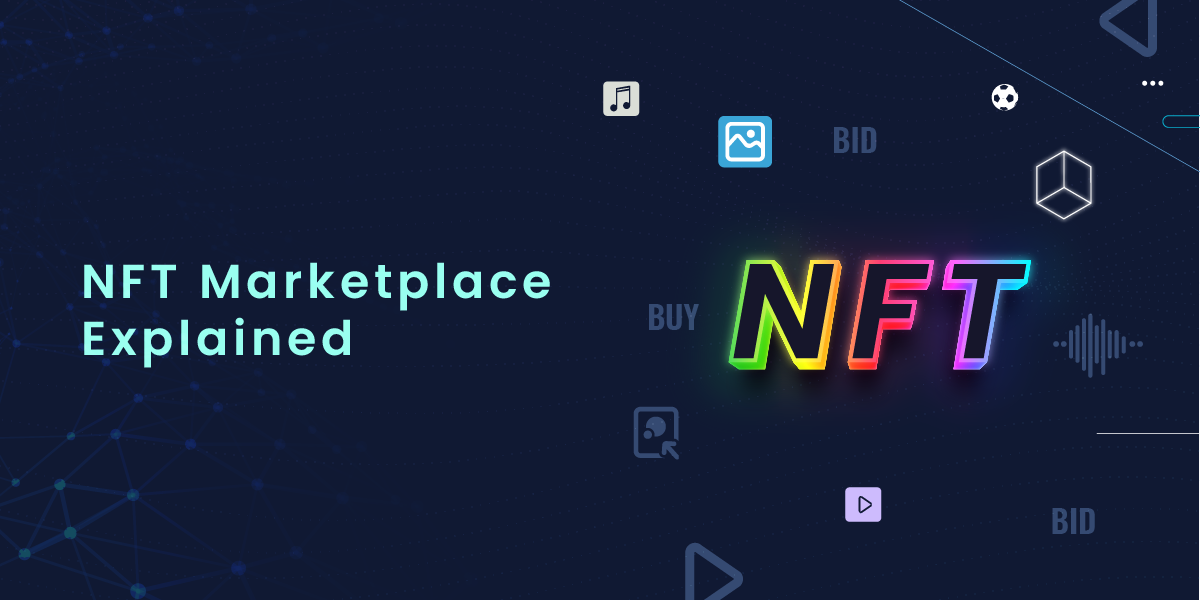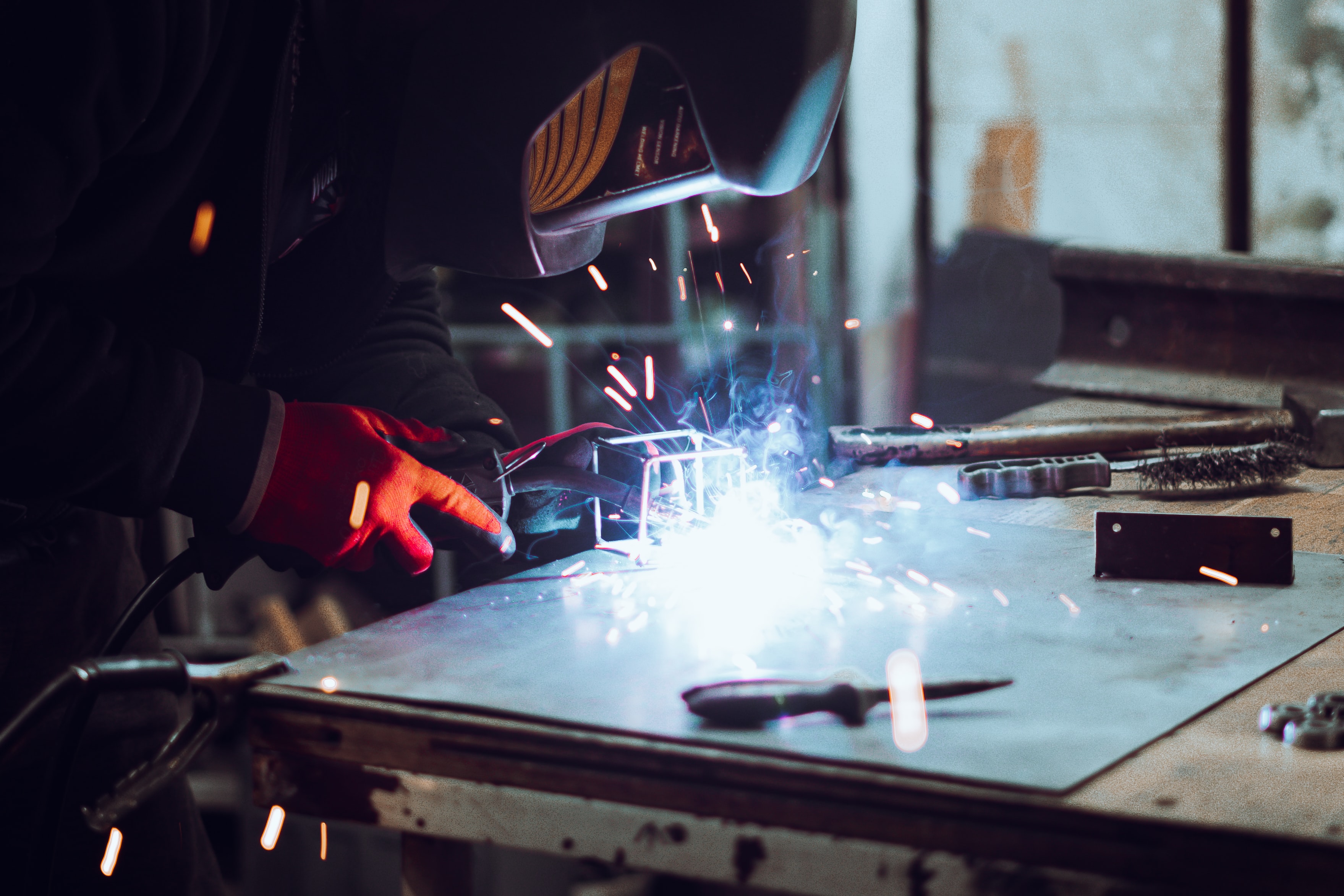We are all familiar with how blockchain technology and various cryptocurrencies are making a breakthrough with abundant innovations and never-before-seen benefits. Thanks to the NFTs that have given the popularity yet another boost. According to Statista, as of August 2021, in just 30 days, the NFTs’ aggregated sales have amounted to approximately US $206.5 million. While this might not be astonishing for any other market, considering that the NFTs were just launched in 2015, it is surely a great achievement.
Why is this market so flourishing? Why should you think this is an ideal opportunity for starting a new business? Will it be feasible? Let’s get all these questions answered in the blog.
A brief snippet about NFTs
An NFT is a digital asset that no one can exchange or trade at an equivalent rate. Usually, these digital assets are art, music, video games, graphic cards, etc.
There are some specific properties that set NFTs apart from other digital currencies.
- The NFTs cannot be divided into different denominations
- Every NFT has its unique address so it is easy to verify
- They are not interchangeable or simply put, you can equal one another
- NFTs have high liquidity, as there are many customers who might be interested in buying the assets.
Now let’s get into the crux of the blog- the NFT marketplaces.
NFT Marketplace: An overview
An NFT marketplace is a platform where a digital asset is converted into an NFT and brought into public access for people to buy, sell or store them. These platforms are highly used by creators to sell their assets by either auctioning or fixed price, which we will discuss later.
There are numerous NFT marketplaces. The nature of which changes in
- The blockchain network they run on,
- Cryptocurrencies they accept,
- How much do they charge for the minting, and
- In showcasing different assets like niche-specific and common marketplaces. For example, OpenSea, the most popular NFT marketplace, is an open marketplace where any kind of digital assets can be traded. Whereas, SuperRare is a digital art marketplace that allows only authorized art pieces to be sold.
But regardless of which category the marketplace falls under, they follow the same workflow.
How do they work?
- Users will register in the marketplace and connect their digital wallet to the platform, and wait until they get verified by the platform
- The users should upload their artwork/assets on the platform
- They can give the asset a title, description and limit the number of editions they want to sell, and select the payment token they prefer selling it for.
- After which, they should specify how they like to put the items for sale: either auction or a fixed price
- Once the seller chooses a price or bid, the smart contract will execute all the transactions from here, making them secure and irreversible.
Why should you invest in NFT marketplace development?
Speaking of the growth of NFT marketplaces, it is evident that until NFTs garner the crypto enthusiasts’ attention, there is no doubt that marketplaces will also keep growing. For instance, the monthly volume on OpenSea has reached 238.71% in the month of August-September, and the daily volume for NFTs remained above $55 million on most days of August. And to think that there is no upper limit for this growth, we can conclude that there is a huge scope for this market.
With many people seeking ways to invest in a safe and secure environment, investing in NFTs is the best bet. Unlike traditional art pieces, these are not here just for fulfilling the wish of an art lover or an avid gamer but have turned out to be a great channel for investments and authority. So, this is where you could make a difference for your business and also to the multitude of crypto enthusiasts with NFT marketplace development.
Where to start?!
Developing an NFT marketplace can be carried out by outsourcing a development team or coding from scratch, but forming an idea and plan is crucial before you approach your developer partner. Out of everything, feature planning is where you level up the development game. So, here are some features listed to make it easier for you.
Key features to integrate
Whether you have a niche-specific or a general marketplace development as your idea, there are some solid sets of features that contribute to gaining user traction and increasing the user retention rate. Some features that we have listed here are given after comparing several marketplaces.
Storefront: A marketplace without a visually pleasing storefront can only appear like clutter. So while you concentrate on the back-end, it is also essential to concentrate on design. Make sure that all the information is well-organized and the users must be able to check out the object’s description, price, etc.
Advanced search: When any user can’t find what they want via your app easily, there are 80% chances that they abandon your platform. So, without allowing their search to get lost in hundreds of NFTs, integrating an advanced search with different sorts of filters is significant.
Bidding option: As you already know, the sellers can either sell their assets using fixed-price or auction. However, the second one needs to develop a special mechanism. When you integrate the feature you should ensure that it manages to bid efficiently with automatic updation of the bid expiration date and current status.
Wallets: For users to buy NFTs seamlessly, it is best if you let them integrate their existing wallets into your platform. You can add support for different wallets using an API.
Listing status: Allow your users to know about every stage of the verification procedure to list the asset on the platform.
Ratings: You can win the loyalty of your users by rating sellers according to the number of completed deals, listings, etc.
Now that you are aware of the crucial elements to be added, some more steps you need to carry out to avoid any possible challenges and setbacks are listed below.
- Set a target audience
- Propose your user roles
- Define the design and project
- Choose an app platform to develop your app
- Testing and deployment
After understanding and getting the main picture about the development process, you got to spend some time on tech aspects. Whether you want to develop a marketplace from scratch or apply the ready-to-use solution to your business, is now up to your budget and time. If you have a very limited budget and time, then we suggest you go for a ready-made NFT marketplace script. They will comprise all the essential features and functionalities that you can modify to your business requirements.
But if you do not wish to develop a marketplace from ready tools and wish yours should be more specific and special, then developing it from scratch can be your right choice. Though it might be challenging, it has its advantages.
Wrapping up
NFT’s popularity is bound to go booming in the coming years. As there are more passionate collectors investing in NFTs every day, it is a great opportunity to launch an NFT marketplace. So, connect with an experienced NFT marketplace development company that has a strong portfolio of developing blockchain solutions. Discuss with them your ideas, and turn your project into a sustainable business to reap high ROI in the long run.




